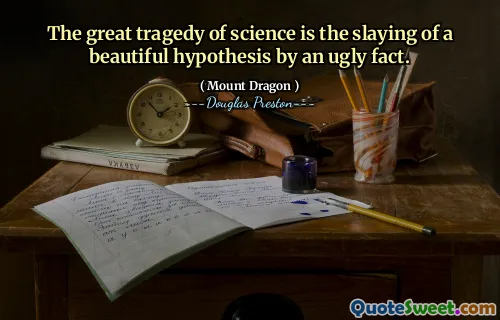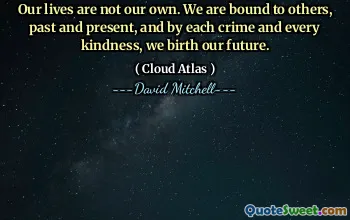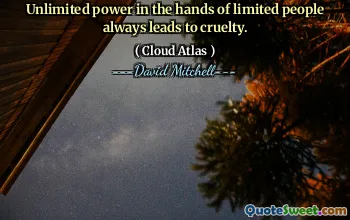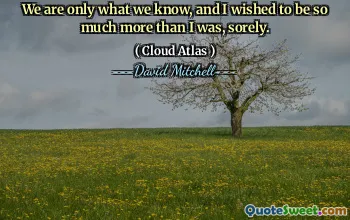
The great tragedy of science is the slaying of a beautiful hypothesis by an ugly fact.
This quote highlights the often harsh reality faced within the scientific process: no matter how elegant, compelling, or beautiful a hypothesis may seem, it must ultimately withstand the scrutiny of empirical evidence. The elegance of a hypothesis can inspire hope and excitement; it helps to shape our understanding and guide research. However, the scientific method demands that ideas are tested against reality—facts that may sometimes be uncooperative or counterintuitive. When an ugly or unwelcome fact emerges that contradicts a cherished hypothesis, scientists must confront the possibility that their initial assumptions are flawed. This process, while sometimes disheartening, is fundamental to the advancement of knowledge. It underscores the importance of humility in science—we must be willing to abandon or modify our hypotheses in light of new evidence instead of forcing data to fit preconceptions. History bears numerous examples where beautiful theories were overturned by contrary facts, leading to paradigm shifts that better reflected reality. In the context of the book '(Mount Dragon)', this reflection resonates deeply, illustrating how the pursuit of truth often involves unlearning and re-evaluation. It reminds me that scientific progress is not linear but a complex journey of hypothesis, testing, rejection, and refinement. Embracing the ugly facts is essential because they lead to genuine understanding, even if it means discarding our most appealing ideas. Ultimately, it's a humbling yet inspiring aspect of scientific exploration—accepting reality as it is, not as we wish it to be.






